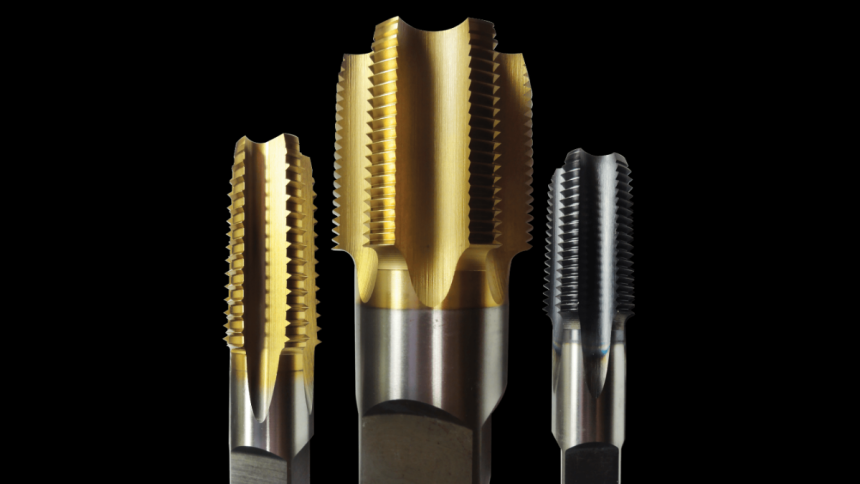Pipe taps, available in different types depending upon the nature of the job, are high-speed steel cutting tools commonly used to cut the internal threading of pipes and pipe fittings.
The threads you see in the pipe or pipe fittings require higher cutting forces compared to regular machine-threaded tapping. More force is required, as threads must have 100% thread depth.
The area of use of pipe taps is expanding worldwide. According to a market study conducted by IndustryARC, the market size of pipe taps is growing fast, and this growth rate is likely to be sustained. The report with the heading Pipes and Fittings Market Overview says:
Pipes and Fittings Market Size is forecast to reach $367.9 billion by 2026, at a CAGR of 3.7% during 2021-2026, majorly driven by rapid urbanization and government investments towards infrastructural growth, owing to which there is a requirement of pipes for water distribution systems. This necessitates the application of more force.
The modern world, which uses pipes for a wide range of purposes, cannot function without the use of this particular tool. As the growth in industrialization takes place, the use of this tool will further increase in the coming days.
Common Types of Pipe Taps and Their Applications
There are several need-based or application-based pipe taps. Here are 7 common types of pipe taps with their applications:
1) Hand-Operated Pipe Taps: Available in most of the hardware stores, this is the most common type of pipe taps. Widely used, you can apply only your hands to do the thread-cutting job.
Applications: There are two main purposes of this type of pipe tap. These application areas are:
- Taper Tap: It cuts the threads slowly but with total perfection. It can taper the first 8 to 10 threads.
- Bottoming Tap: This tool is designed to thread all the way down to the bottom of its reach or end. It can taper 1 to 1.5 threads.
2) General Purpose Straight Pipe Taps: As the name suggests, this type of pipe tap is the most common one used by people. It has maximum uses.
Applications: Straight pipe taps are available in different sizes depending on their applications. The main application of straight pipe taps is for Low pressure works.
3) Second Tap or Plug Tap: Such a type of taper tap is used for threading through holes having enough space at the bottom of the hole.
Application: Gradual cutting action (through holes).
4) Power Tap: This type of tap is also used for several purposes.
Application: The main application area of power taps is for manual mechanical works.
5) Spiral Point Tap: This is also known as Gun Nose Tap or Bull Nose Tap. This is widely used and has a spiral cut with a relief groove. It is spiral-angled on the front. It can eject the chips and is known for its superior cutting performance.
Application: creating blind and thorough holes.
6) Spiral Flute Tap: Also known as Gun Taps, this type of tap ejects chips from the hole you have created.
Application: The mainapplication of this type of tap is for blind holes in soft metals like aluminum, brass, and copper.
7) Interrupted Thread Tap: This is quite useful for chip extraction. It has a tooth for every other thread. At times, the disposal of chips becomes a major issue, especially with fragile materials. In such a case, an interrupted thread tap can find its best application.
Application: It is used for tapping both soft and tough stringy metals and high-hardened metals where reduced cutting torque is required.
Conclusion
The taps are commonly used all over the world for cutting threads, and threads made by taps are known as “rolled” threads. Based on operations, you have both manual and automatic pipe taps. With the latest expansion in industrialization, stepped-up operations in oil and gas exploration, a boost in the petrochemical sector, and hectic mining operations, the demand for pipetaps is rising globally. The laying of a large number of water pipes and an improved sewage system in urban areas have further added a boost to the market demand for pipe taps.
Lynn Martelli is an editor at Readability. She received her MFA in Creative Writing from Antioch University and has worked as an editor for over 10 years. Lynn has edited a wide variety of books, including fiction, non-fiction, memoirs, and more. In her free time, Lynn enjoys reading, writing, and spending time with her family and friends.















